Year in Review: the 17 biggest food stories of 2013
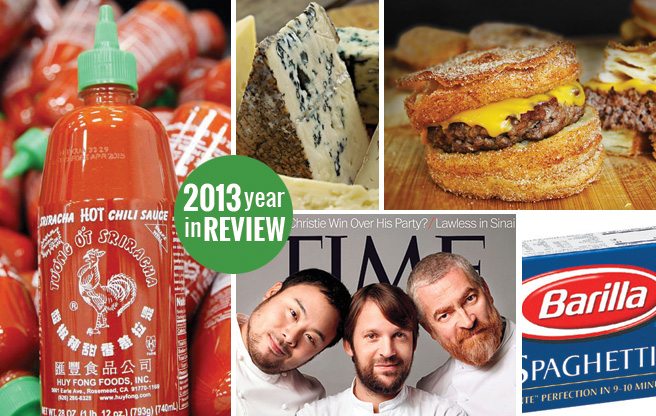
Toronto’s food scene has its idiosyncrasies, but it doesn’t exist in a bubble. There’s a bigger food world out there, and its macro-movements influence how we think and talk about food—and what ends up on our plates. This year, a handful of culinary trends and controversies made international headlines, for reasons both deadly serious (e.g. the FDA’s troubling report about contaminated spices) and profoundly silly (e.g. Martha Stewart’s weirdly bad food photography). Here, the 14 food stories that got you talking, tweeting and, of course, eating in 2013.

The half-doughnut, half-croissant Cronut inspired hours-long lineups, a lucrative black market and an international media frenzy. Even Starbucks got in on the trend.
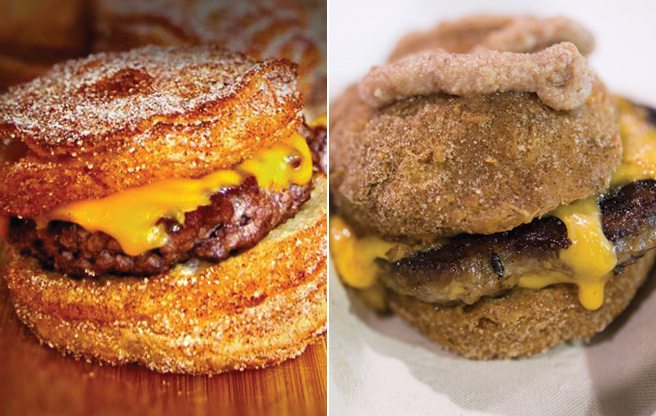
The CNE’s Cronut Burgers didn’t quite live up to the hype. Being the subject of a mass-poisoning incident didn’t help.
Boston Pizza ruffled feathers by making fun of Southerners in its ill-conceived “Ribnecks” ad campaign. (In other 2013 trash-food news: Pizza Hut launched a Canadiana-themed menu; Burger King introduced a low-cal fry; McDonald’s poutine became a countrywide menu fixture; and Taco Bell’s Doritos-encased tacos made their long-awaited Canadian debut.)
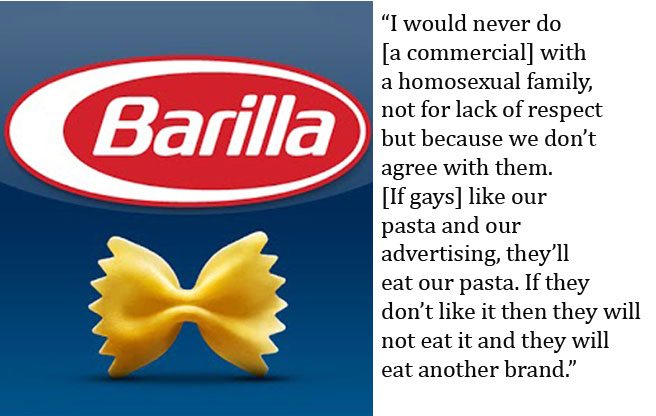
Unsurprisingly, gay rights groups around the world took Barilla chairman Guido Barilla up on his invitation to source their Italianate foodstuffs elsewhere.

Cheese lovers rejoiced when news broke that a trade deal with the European Union could see 30,000 tonnes of European cheese flooding the Canadian marketplace. Canada’s dairy farmers were somewhat less enthused.

Erin Wotherspoon, a 24-year-old aspiring actress-slash-writer, made a few thousand enemies when she started blogging about her mission to date guys in order to eat at fancy restaurants. Her response to the backlash: “Haters gon’ hate.”

Hundreds of American chefs, including high-profile celebs like Mario Batali, signed a petition boycotting Canadian seafood on behalf of Chefs for Seals, a culinary crusade against Canada’s commercial seal hunt.
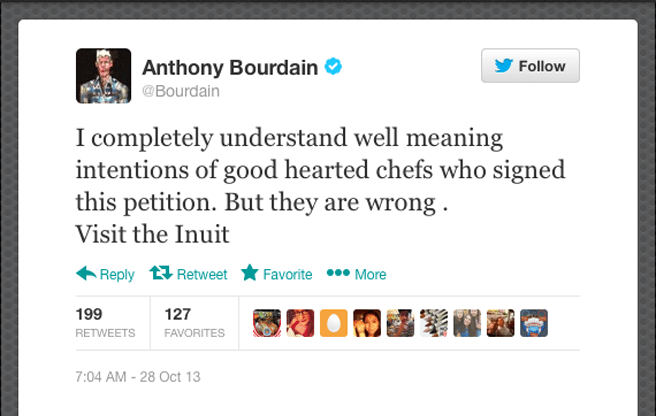
The Food Network star, who once ate seal meat on his show No Reservations, took to Twitter to proclaim his views on the issue.
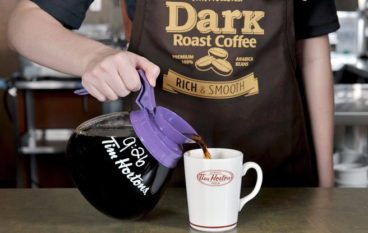
The Canadian coffee chain introduced its first new blend in almost half a century.
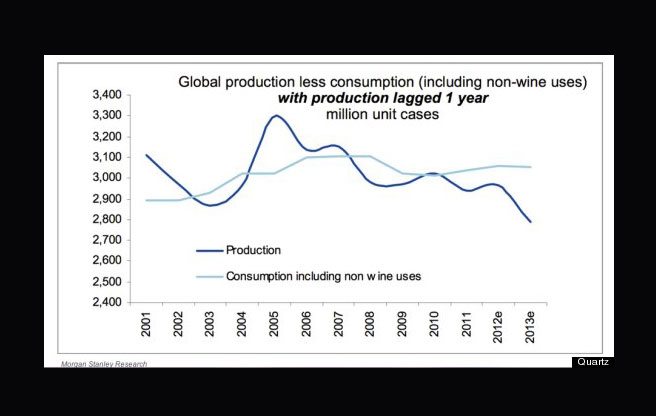
Analysts from Morgan Stanley caused a storm of histrionic headlines when they published scary graphs predicting an impending global wine shortage.

Wine experts and economists were quick to nip the hysteria in the bud.

The FDA terrified consumers by reporting that a huge percentage of dried herbs and spices imported into the U.S. are contaminated with things like cat hair, twigs, staples, insects and potentially deadly salmonella. (Canadian spice imports are apparently somewhat less filthy)
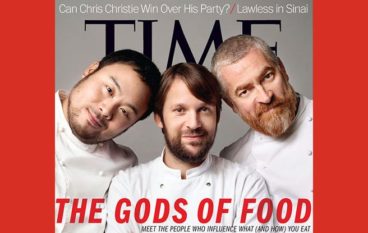
The magazine sparked accusations of gender bias when it published an issue purporting to profile the world’s 50 most important “food influencers”—and only included two female chefs.

The lifestyle guru horrified Twitter followers by posting a series of food shots that didn’t quite live up to her meticulous reputation.
Earlier in the year, 72-year-old Stewart confessed on a TV talk show that she likes to sext and “maybe” had a threesome.

Hot sauce lovers steeled themselves for doomsday when a California court ordered the Sriracha plant to shut down parts of its operations. Hoarding began in earnest a few weeks later, when the state’s public health department ordered sauce shipments to be put on a 30-day hold (for apparently unrelated health reasons).

By this time next year, you could be shooting lasers into your lunch and 3D-printing your dinner. Pretty exciting stuff.





